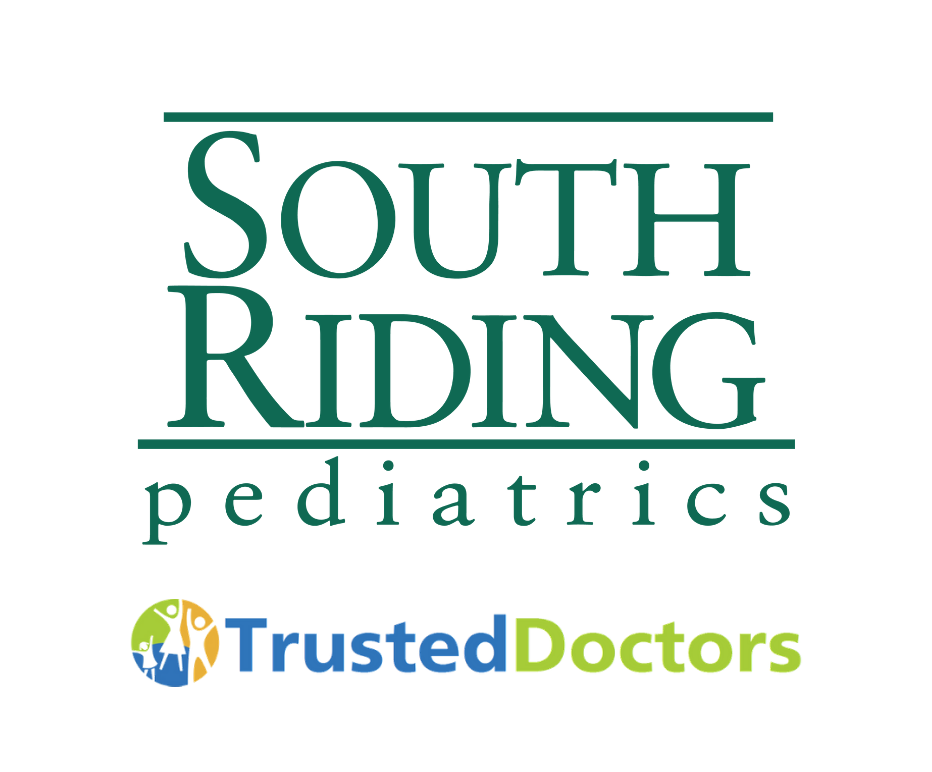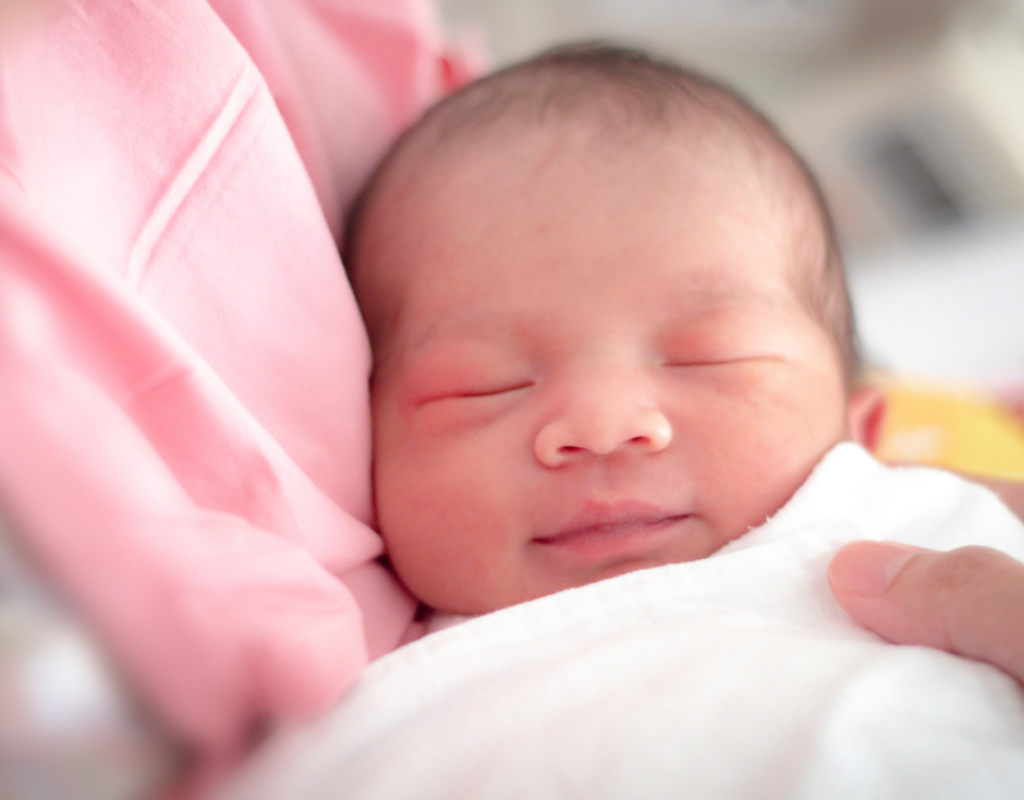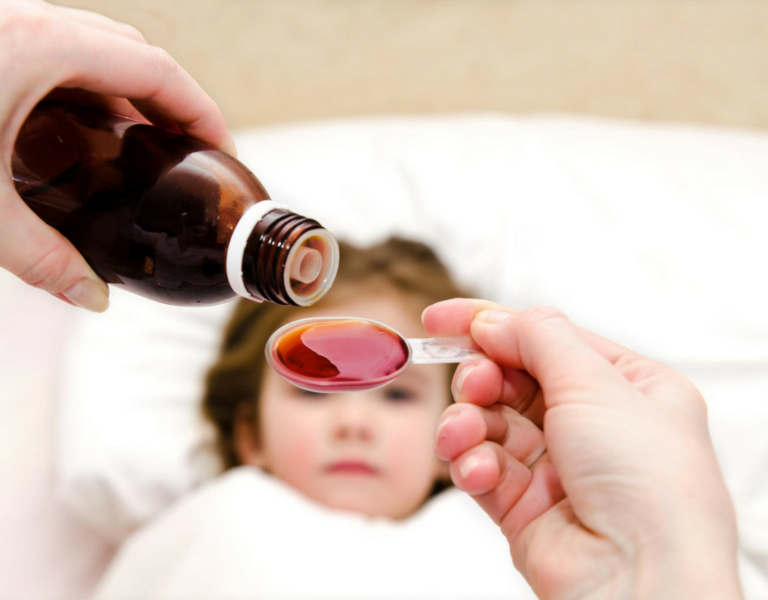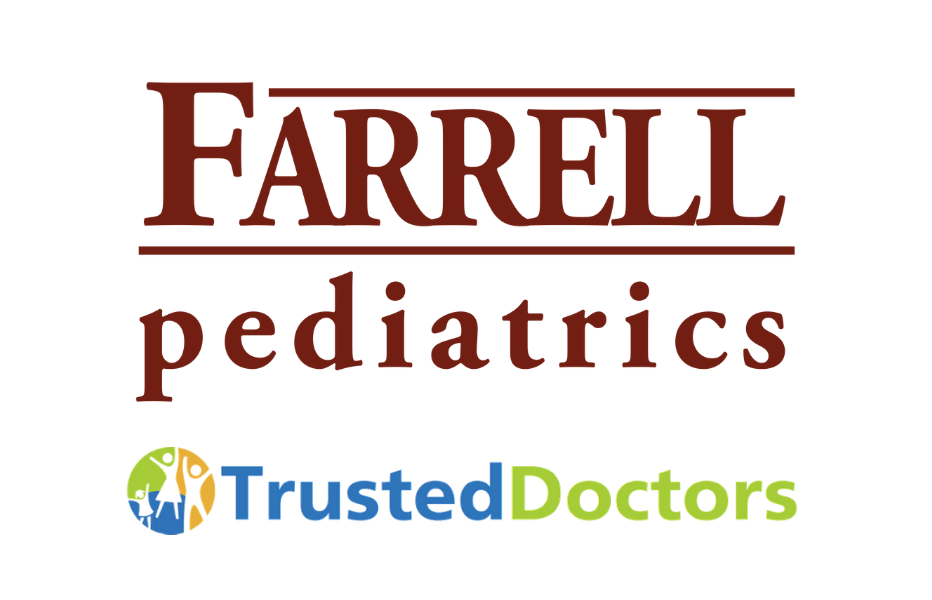September is Newborn Safety Month, a time to focus on ensuring your little one is safe and secure in every aspect of their daily life. Whether you’re a new parent navigating the world of newborn care for the first time or a seasoned parent welcoming another child into the family, staying updated on the latest safety recommendations is essential.
Sleep Safety
Creating a safe sleep environment is crucial for your baby’s well-being. The American Academy of Pediatrics (AAP) recommends placing your baby on their back to sleep, using a firm mattress in a safety-approved crib or bassinet, and keeping the crib free of soft bedding, pillows, toys, or bumpers (even the mesh ones). These practices reduce the risk of Sudden Infant Death Syndrome (SIDS). Even if you’ve been through this before, it’s important to note that sleep safety guidelines have been updated over the years, so be sure to review the latest recommendations.
Food Safety
When it comes to feeding your infant, careful handling is key, whether you’re breastfeeding, bottle feeding with formula and/or expressed breastmilk, or introducing solids. Always wash your hands before preparing bottles or handling breast milk and ensure that all feeding equipment is properly cleaned and sterilized. Propping bottles or leaving your baby unattended while feeding can pose a choking hazard, so always hold your baby upright during feedings. As you start solids, follow your pediatrician’s guidance and introduce one new food at a time. Seasoned parents may notice that guidelines on introducing allergens have evolved, so we recommend that all expectant parents review the AAP’s recommendations on introducing solids.
Clothing Safety
Choosing safe clothing for your newborn involves more than just selecting cute outfits. Look for clothes without loose buttons, strings, or other potential choking hazards. Opt for flame-resistant sleepwear and ensure that sleep sacks or wearable blankets fit properly to prevent your baby from slipping inside. Avoid overdressing your baby, as overheating is a known risk factor for SIDS. A helpful guideline is to dress your baby in one more layer than you would wear. Even if you’ve done this before, it’s a good idea to review the latest safety tips on dressing your baby.
Car Safety
Car safety is a top priority for every parent. Use a rear-facing car seat that meets current safety standards, and ensure it’s properly installed in your vehicle. The AAP recommends keeping your child rear-facing as long as possible, until they reach the maximum height or weight limit for their seat. Harness straps should be snug, with the chest clip positioned at armpit level. For seasoned parents, remember that car seat recommendations have changed over time. Please take a moment to review the most recent guidelines on car seat safety from the AAP.
Additional Resources
Navigating newborn care can feel overwhelming, especially with so much information to keep track of. To support you, we’ve developed a variety of resources, including our newborn resource page, that includes our guides to preparing for your new arrival, caring for your newborn, and keeping your newborn safe.
For seasoned parents, we encourage you to take this month as an opportunity to refresh your knowledge and ensure you’re up to date with the latest safety guidelines. The American Academy of Pediatrics’ website, HealthyChildren.org, is a valuable resource for current information and practical advice on all aspects of newborn care.
Remember, the first few months with your newborn are a special time, but they also come with new responsibilities. By following these safety guidelines, you can provide a secure environment for your baby to grow and thrive. If you have any questions or concerns about your baby’s safety, don’t hesitate to reach out to us at Farrell Pediatrics. We’re here to help every step of the way.





